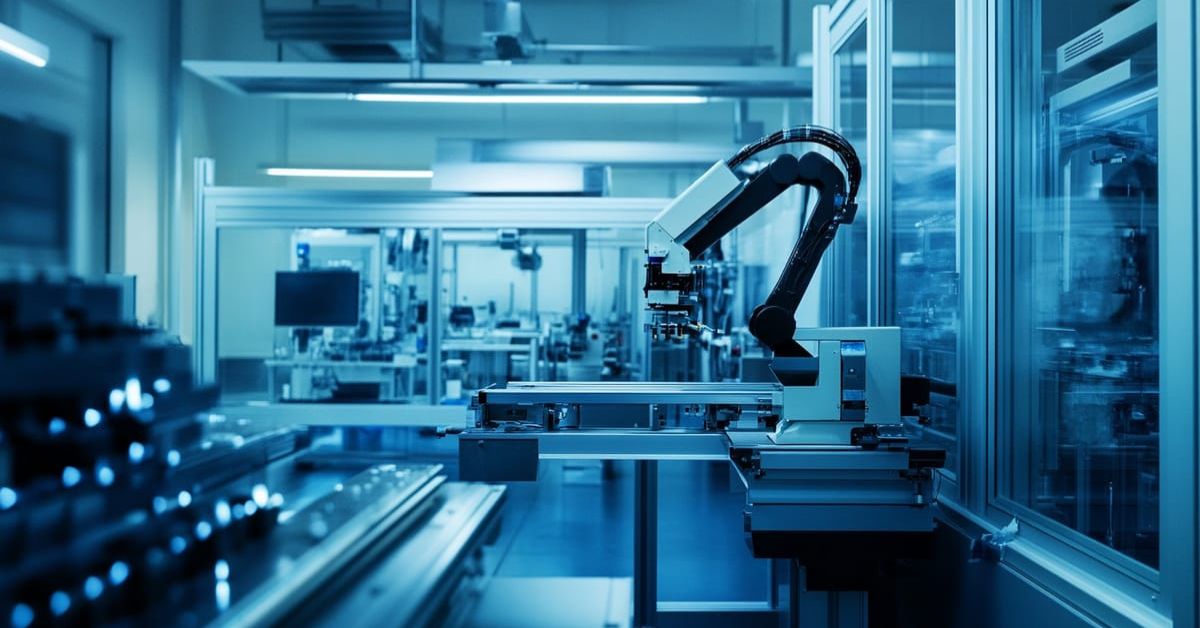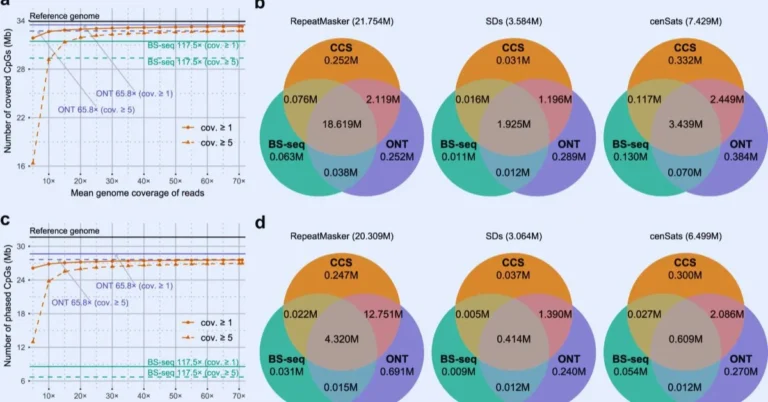Vision Systems for Manufacturing: Enhancing Production Accuracy and Efficiency
In the rapidly evolving landscape of manufacturing, the integration of advanced technologies is pivotal to maintaining competitive advantage. Among these technologies, vision systems have emerged as a cornerstone for enhancing production accuracy and efficiency. These systems, which utilize cameras and image processing software, are designed to mimic human vision, enabling machines to perform complex tasks with precision and speed. As industries strive for higher quality standards and reduced operational costs, vision systems offer a transformative solution that not only improves product quality but also optimizes the entire manufacturing process. This article delves into the intricacies of vision systems in manufacturing, exploring their benefits, applications, and the future potential they hold for the industry.
Understanding Vision Systems in Manufacturing
Vision systems in manufacturing are sophisticated setups that combine hardware and software to capture and analyze visual information. These systems are equipped with cameras, sensors, and advanced algorithms that allow them to inspect, measure, and identify objects with high precision. The primary goal of these systems is to automate quality control processes, ensuring that products meet stringent specifications without human intervention.
The implementation of vision systems can significantly reduce the margin of error in production lines. By providing real-time feedback and data analysis, these systems enable manufacturers to detect defects early in the production process, thereby minimizing waste and rework. Moreover, vision systems can operate continuously without fatigue, offering consistent performance that surpasses human capabilities.
For more detailed information on how vision systems are revolutionizing manufacturing processes, you can visit https://etisoft.eu/pc/vision-systems/.
Applications of Vision Systems in Manufacturing
Vision systems are versatile tools that can be applied across various stages of the manufacturing process. One of the most common applications is in quality inspection, where vision systems are used to check for defects, measure dimensions, and verify the presence of components. This ensures that only products that meet quality standards proceed to the next stage of production or are shipped to customers.
Another critical application is in robotic guidance. Vision systems provide robots with the necessary visual input to perform tasks such as assembly, welding, and painting with high accuracy. By enabling robots to “see,” manufacturers can automate complex tasks that were previously reliant on human operators, thus increasing productivity and reducing labor costs.
Additionally, vision systems play a crucial role in inventory management. By tracking and identifying products as they move through the supply chain, these systems help maintain accurate inventory records, reduce errors, and improve overall logistics efficiency.
The Future of Vision Systems in Manufacturing
As technology continues to advance, the capabilities of vision systems are expected to expand even further. The integration of artificial intelligence and machine learning into vision systems is poised to enhance their ability to learn and adapt to new tasks, making them even more valuable in dynamic manufacturing environments.
Future vision systems will likely feature improved image processing speeds, higher resolution cameras, and enhanced connectivity, allowing for seamless integration with other smart factory technologies. This will enable manufacturers to create more flexible and responsive production lines that can quickly adapt to changing market demands.
In conclusion, vision systems are a vital component of modern manufacturing, offering numerous benefits that enhance production accuracy and efficiency. As these systems continue to evolve, they will undoubtedly play an increasingly important role in shaping the future of the manufacturing industry.







